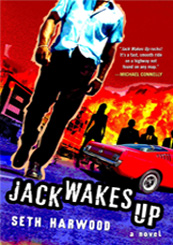Here’s a quick announcement, and please take note. Starting today, you can find Open Culture at www.openculture.com. Our old domain (oculture.com) will still work, as will old links. But they’ll forward (hopefully) seamlessly to the new domain. Why the change? Because it seemed time to have the url actually match the site’s name.
If you encounter any technical problems, please let us know at ma**@*********re.com. Also, let me please ask a quick favor from you. If you’ve previously linked to our site, could you please update your links to reflect the new domain? Simply change oculture to openculture, and keep the rest of the link the same, and you’re good to go. This will be a big help to us. Meanwhile, if you’ve never told a friend about Open Culture, now would be a good time to spread the word.
Lastly, I want to extend a big thanks to Eric Oberle for making this switch possible and for generally keeping the site running smoothly. Without Eric, I would have blown this site to pieces long ago. We’re only still around because of him. Thanks ‑e!
 Seth Harwood is bringing crime writing into the new world of Web 2.0. Since 2006, Harwood has been podcasting his own crime fiction, including a book called Jack Wakes Up, which you can download (for free) via
Seth Harwood is bringing crime writing into the new world of Web 2.0. Since 2006, Harwood has been podcasting his own crime fiction, including a book called Jack Wakes Up, which you can download (for free) via  Miragebookmark has
Miragebookmark has 
